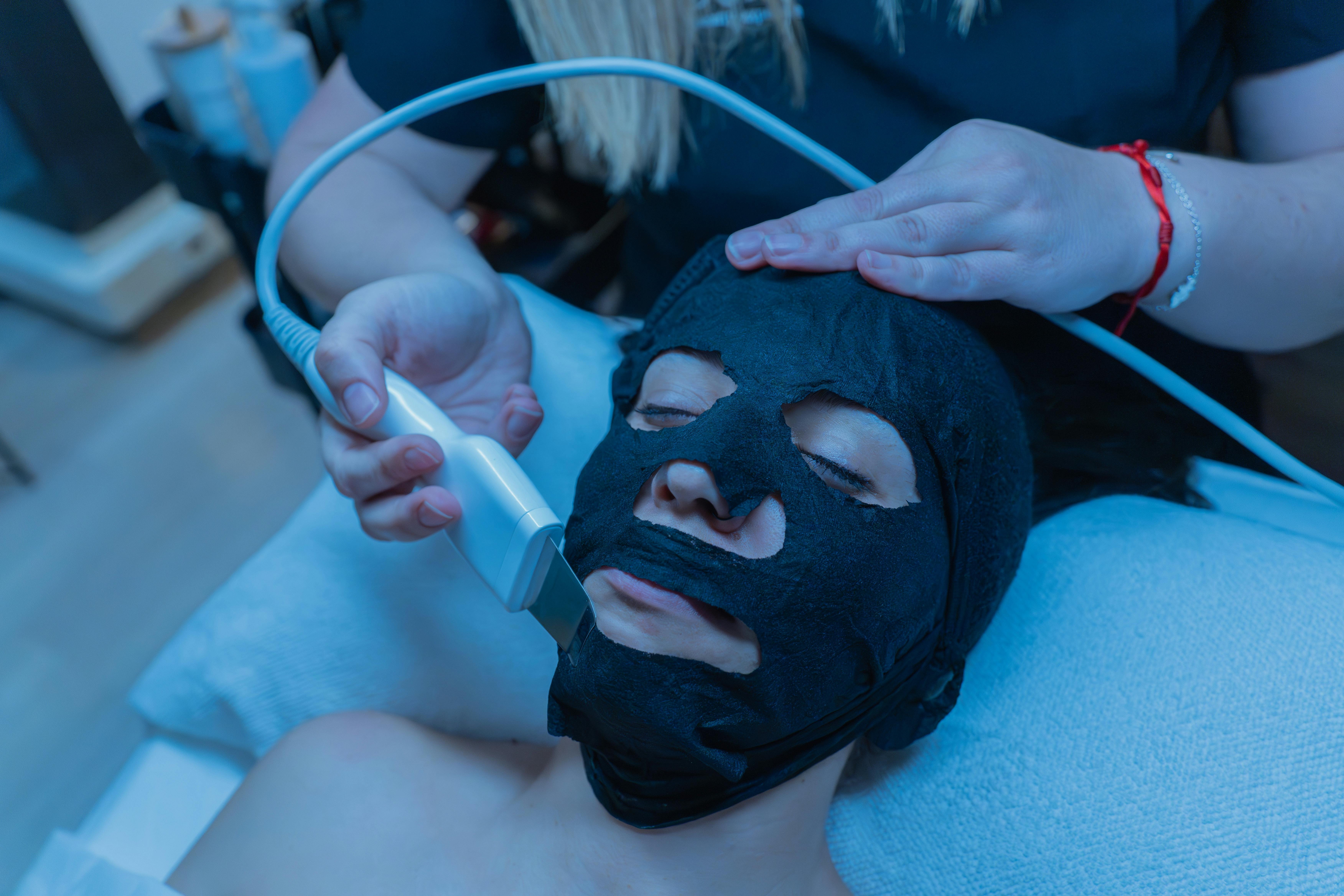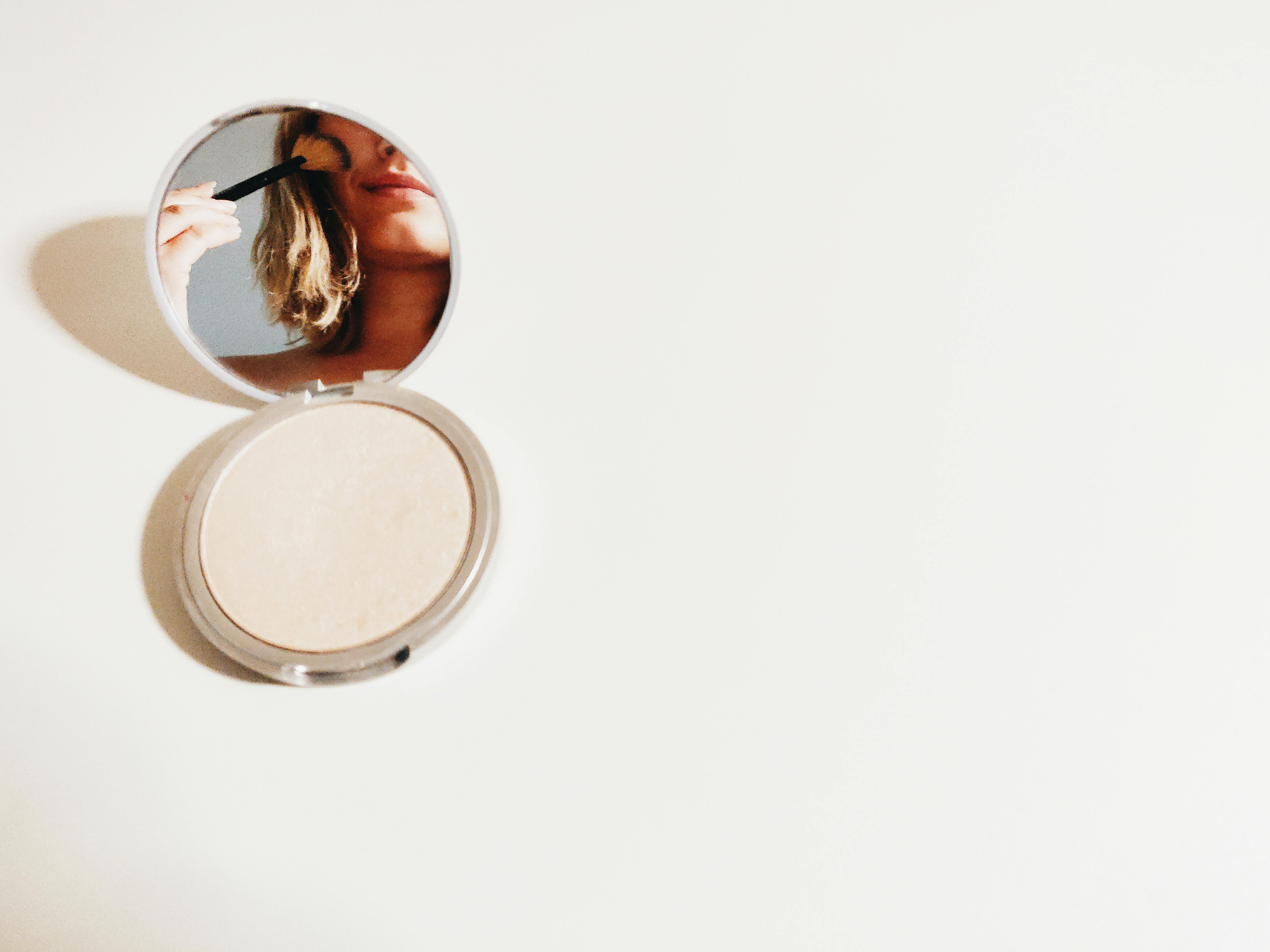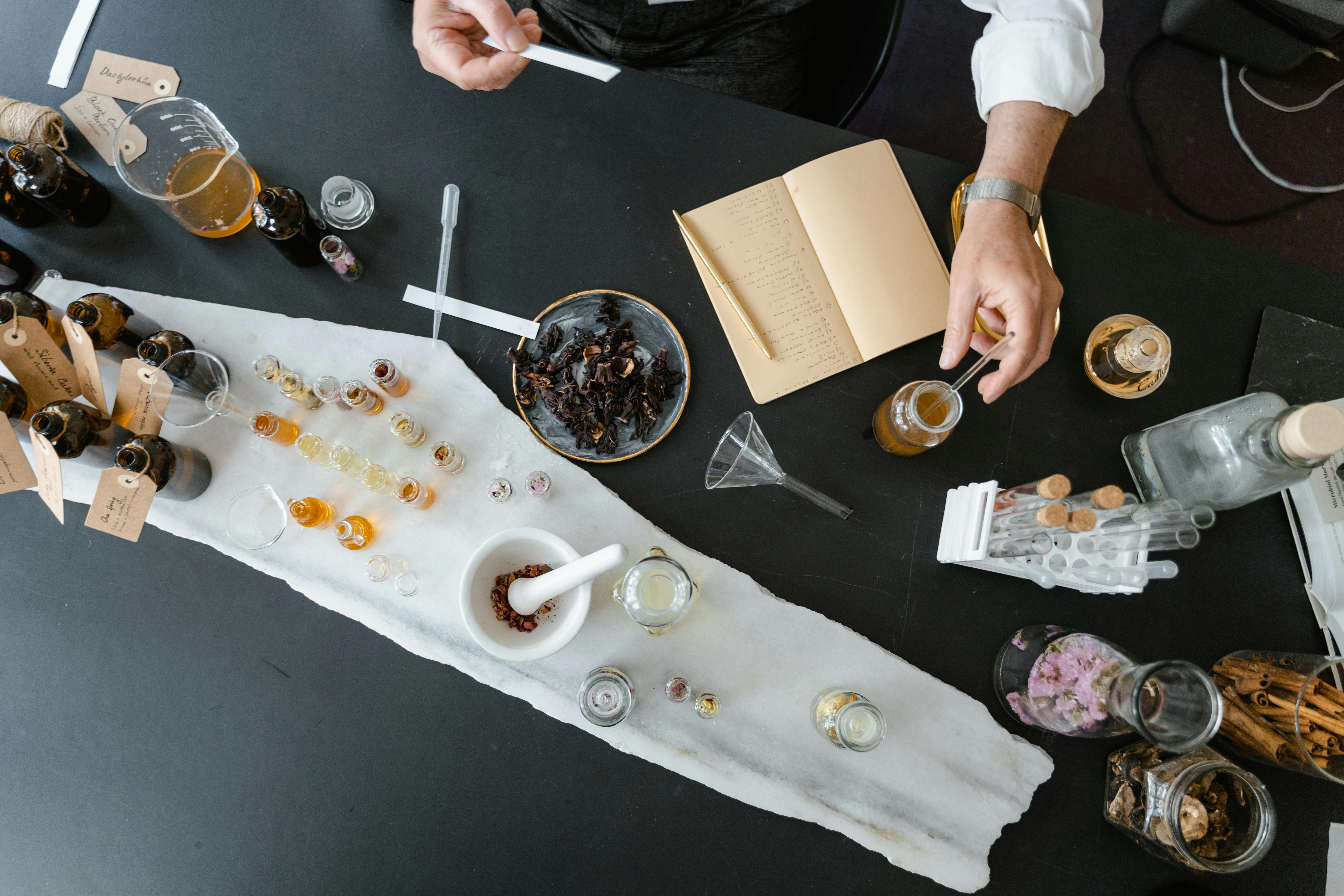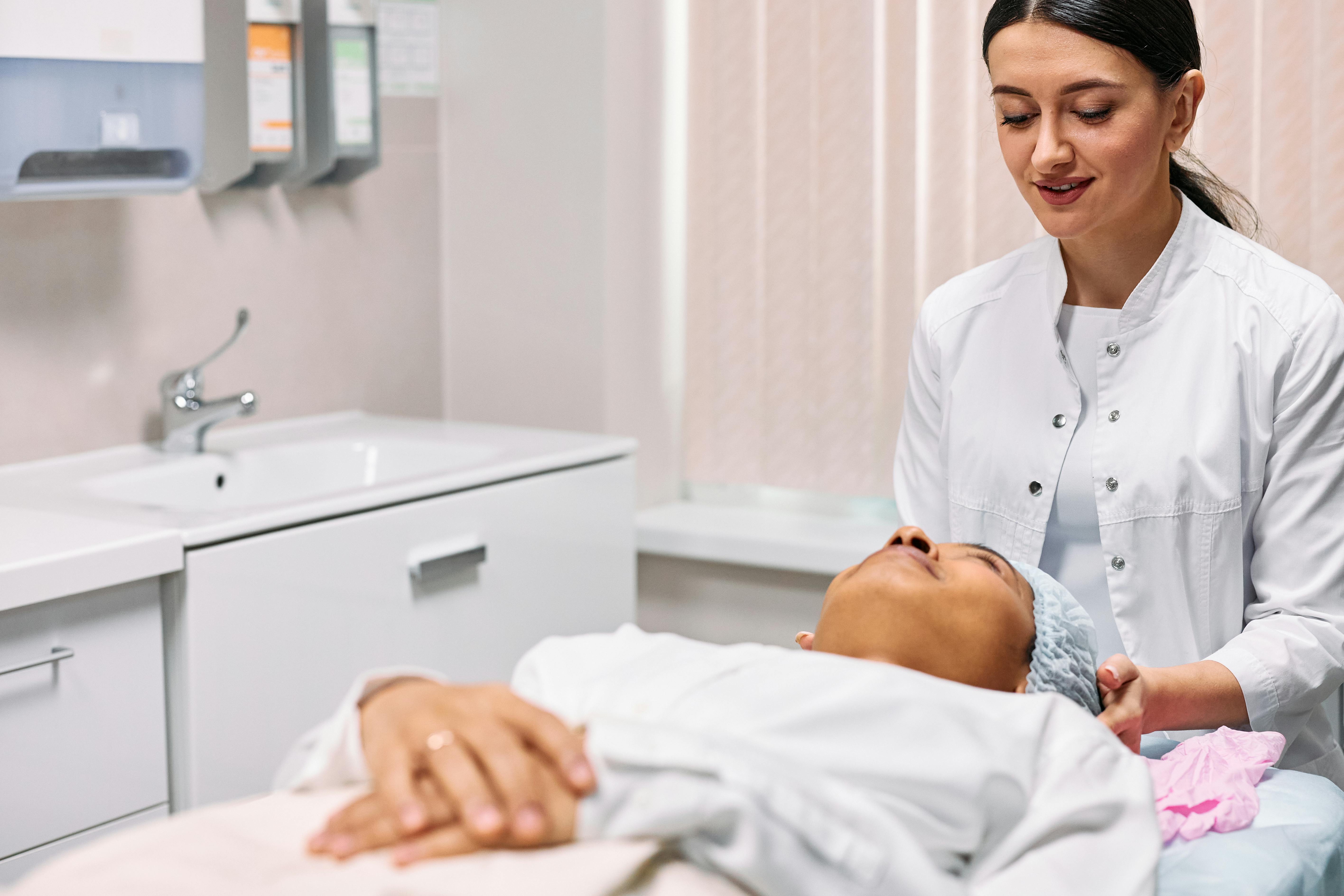Unlock Your Glow: Essential Relaxation Techniques for Effective Self-Care
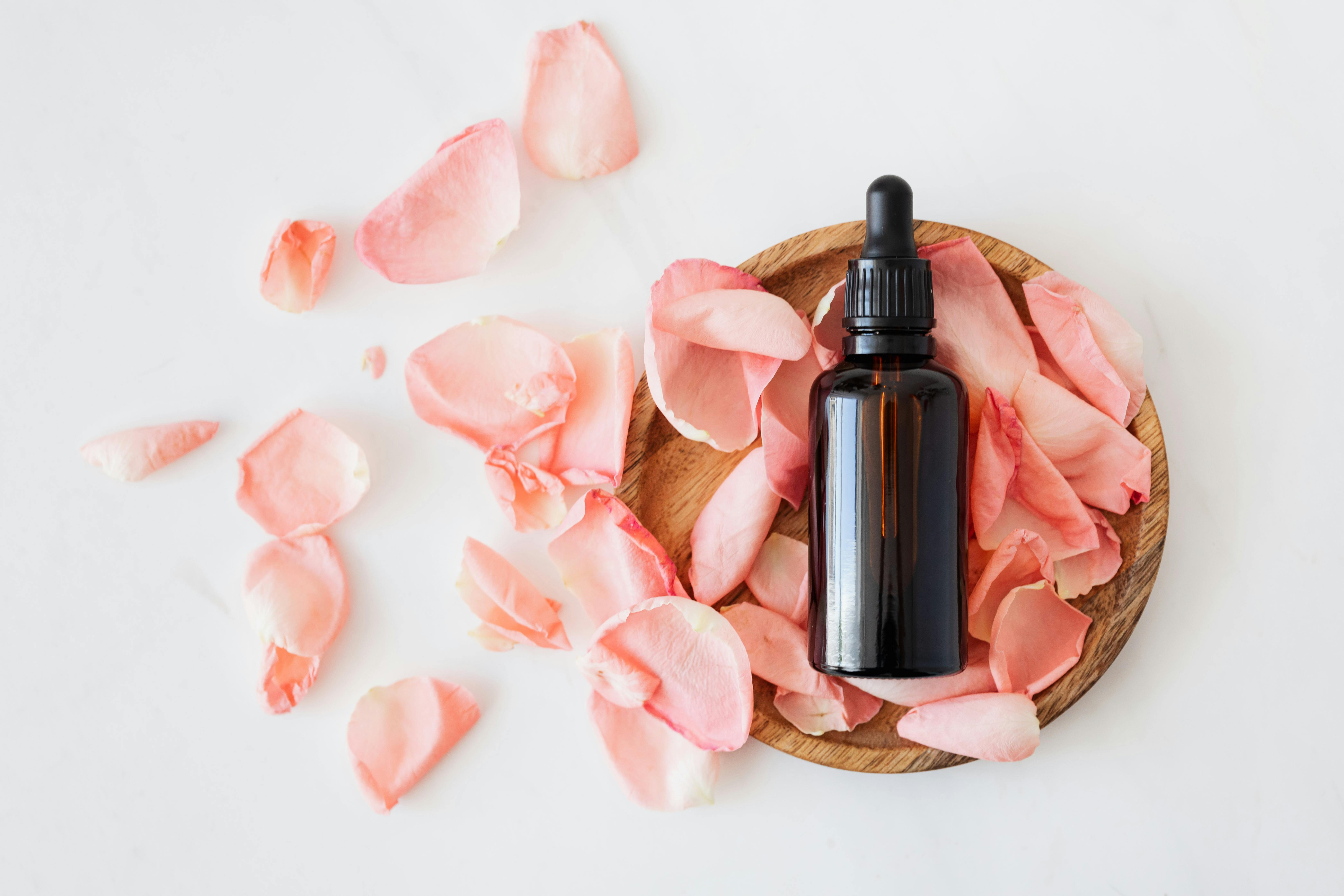
In today’s fast-paced world, taking time for ourselves often feels like a luxury we can’t afford. Yet, self-care is essential for maintaining our well-being and radiance. I’ve discovered that incorporating simple relaxation techniques into my routine can truly boost my glow, both inside and out.
From mindful breathing to gentle yoga, these practices not only help me unwind but also enhance my overall mood and energy. In this article, I’ll share my favorite self-care essentials that can transform your relaxation routine, helping you feel rejuvenated and vibrant. Let’s dive into these techniques that promise to elevate your self-care game and bring out your best self.
The Importance of Self-Care
Self-care plays a vital role in maintaining well-being and enhances overall quality of life. Prioritizing self-care allows me to recharge physically, emotionally, and mentally.
Understanding Self-Care
Self-care encompasses a variety of practices aimed at improving health and reducing stress. These practices include maintaining physical fitness, eating nutritious foods, managing stress, and fostering emotional health. Regularly engaging in self-care encourages a positive mindset and promotes resilience against daily challenges. It’s essential to recognize that self-care is a personal journey that varies for each individual, requiring different approaches to find what resonates.
Benefits of Relaxation Techniques
Incorporating relaxation techniques into my routine yields numerous benefits. These techniques decrease stress levels, improve sleep quality, and enhance emotional well-being. For example:
Technique | Benefit |
|---|---|
Mindful Breathing | Calms the mind and reduces anxiety |
Gentle Yoga | Increases flexibility and relieves tension |
Guided Meditation | Enhances focus and emotional clarity |
Adopting these methods promotes a sense of balance, allowing me to feel more centered and prepared for life's demands. Engaging regularly in relaxation practices fosters a deeper connection with myself, nurturing both my mental and physical health.
Popular Relaxation Techniques
Relaxation techniques serve as essential tools for improving well-being. I focus on methods like deep breathing and mindfulness practices to cultivate inner peace and rejuvenate my spirit.
Deep Breathing Exercises
Deep breathing exercises calm the mind and body. I practice various techniques, including:
Diaphragmatic breathing: I place one hand on my chest and another on my belly, inhaling deeply through my nose. This method expands my diaphragm and promotes relaxation.
4-7-8 technique: I inhale for 4 seconds, hold my breath for 7 seconds, and exhale for 8 seconds. This pattern enhances relaxation and helps reduce anxiety.
Box breathing: I visualize a square, inhaling for 4 seconds, holding for 4 seconds, exhaling for 4 seconds, and pausing for another 4 seconds. This exercise centers my thoughts and steadies my pulse.
Each method fosters calmness, making it easier to manage stress and promote overall wellness.
Mindfulness and Meditation
Mindfulness and meditation practices cultivate present-moment awareness. I engage in activities that include:
Guided meditation: I listen to recordings that lead me through visualizations or focus on breath awareness. Guided sessions help me relax and connect with inner thoughts.
Body scan: I mentally check in with different body parts, starting from my toes and moving to my head. This practice enhances body awareness and brings my attention to tension areas, promoting relaxation.
Mindful walking: I take slow walks while concentrating on each step and my surroundings. This activity grounds me and encourages me to appreciate the moment.
Integrating mindfulness and meditation techniques often boosts my emotional resilience and enhances my overall glow.
Creating a Relaxation Routine
Establishing a relaxation routine significantly enhances self-care. It’s essential to prioritize moments that promote calmness and renewal.
Setting the Right Environment
Creating a soothing environment plays a crucial role in relaxation. I focus on these elements:
Lighting: I choose soft, warm lighting to reduce strain and create a tranquil atmosphere.
Sound: I incorporate calming music or nature sounds, which help drown out distractions.
Space: I designate a specific area for relaxation, free from interruptions, to foster a peaceful mindset.
Aroma: I use essential oils or scented candles, selecting calming fragrances like lavender or chamomile to enhance serenity.
Comfort: I ensure comfort through cushions or blankets, inviting a sense of coziness.
Scheduling Time for Self-Care
Daily Blocks: I identify specific time blocks, such as morning or evening, dedicated solely to relaxation activities.
Weekly Planning: I plan a weekly schedule, integrating relaxation techniques like yoga or meditation into structured time slots.
Reminders: I set reminders on my phone or calendar, ensuring that self-care becomes a non-negotiable part of my routine.
Flexibility: I allow flexibility in my schedule to adapt to changing demands, maintaining a consistent practice while accommodating life's unpredictability.
Duration: I select durations for sessions, starting with small increments like 15 minutes and gradually increasing as I find what works best for my needs.
Additional Self-Care Essentials
Incorporating additional self-care essentials can deepen relaxation and enhance overall well-being. Here are two key areas to focus on: nourishing your body and staying active.
Nourishing Your Body
Nourishing the body promotes physical health and emotional balance. Prioritizing whole foods such as fruits, vegetables, whole grains, and lean proteins helps sustain energy levels. Hydration also plays a critical role; drinking enough water throughout the day supports cognitive function and skin health.
Incorporate superfoods like avocados, berries, and nuts for their antioxidant properties. Managing portion sizes ensures balanced meals, preventing overeating. Planning meals in advance can reduce stress about food choices, allowing for healthier options. Cooking at home also encourages mindfulness and creativity, transforming eating into a pleasurable experience.
Staying Active and Engaged
Staying active and engaged contributes significantly to mental and physical well-being. Regular physical activity, such as brisk walking or cycling, increases endorphins, which enhance mood. Aim for at least 150 minutes of moderate exercise each week, breaking it into manageable sessions.
In addition to physical activity, engaging in hobbies stimulates the mind and fosters creativity. Activities like painting, gardening, or playing an instrument can provide a sense of accomplishment and joy. Social interactions are equally important; spending time with friends or family helps nurture emotional health and encourages connection.
By choosing to nourish my body and remain actively engaged, I can enhance my self-care routine, leading to a more vibrant and fulfilling life.
Conclusion
Embracing self-care isn't just a trend; it's a vital part of living a balanced life. By integrating relaxation techniques into our daily routines, we can nurture our minds and bodies, allowing us to shine from within. I’ve found that even small moments of mindfulness can make a significant difference in my overall well-being.
Creating a personalized relaxation routine is key to unlocking the benefits of self-care. Whether it's through gentle yoga or mindful breathing, these practices help me reconnect and recharge. Remember that self-care is a journey unique to each of us. Prioritizing these essentials can lead to a more vibrant and fulfilling life. Let's commit to nurturing ourselves and watch our glow flourish.

